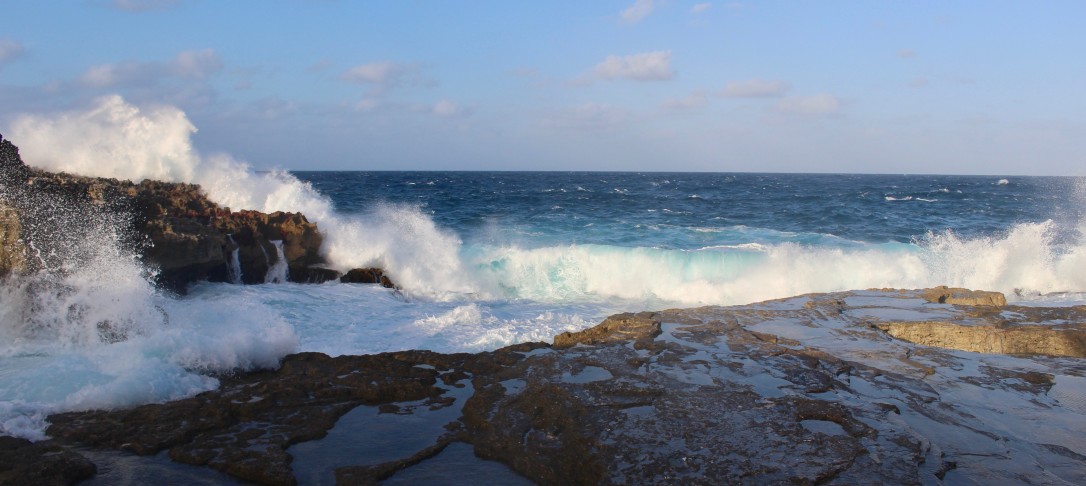
Dr Luca Malatesta (GFZ Potsdam) will give the Earth & Planets seminar on Tuesday 11th January 2022: “From shelf break to marine terraces: the morphological record of eustasy and interseismic deformation”.
Join us online on by clicking “Livestream” on the seminar page at 12:30 pm.
Seminar information:
Along active margins, the morphology of the near-shore domain records the combined action of erosion from ocean waves and permanent tectonic deformation. Luca will start by establishing a link between erosive shelf geometry and interseismic deformation before moving on shore to discuss the sensitivity of marine terrace creation to rock uplift rate.
1) Luca and colleagues observe that at subduction margins around the globe, the edge of continental shelves tends to be located above the downdip end of seismic coupling on the megathrust. Coastlines lie farther landward at variable distances. The permanent interseismic uplift component of the total tectonic deformation contributes a short wave-length gradient in vertical deformation on top of the structural and isostatic deformation of the margin. This places a hinge line between seaward subsidence and landward uplift above the downdip end of high coupling. Landward of the hinge line, rocks are uplifted in the domain of wave-base erosion and a shelf is maintained by the competition of rock uplift and wave erosion. Subduction margin morphology integrates hundreds of seismic cycles, and could inform the persistence of seismic coupling patterns through time.
2) Commonly, individual erosive marine terraces are attributed to unique sea-level high stands based on the reasoning that marine platforms could only be significantly widened at the beginning of an interglacial. However, this logic implies that wave erosion is insignificant at other times. Luca and colleagues postulate that the erosion potential at a given bedrock elevation datum is proportional to the total duration of sea-level occupation at that datum. The total duration of sea-level occupation depends strongly on rock uplift rate. Certain rock uplift rates may promote the generation and preservation of particular terraces while others prevent them. Developing a graphical proxy for the entire erosion potential of sea-level history allows us to address creation and preservation biases at different rock uplift rates.
Biography: Dr Luca Malatesta
 Luca is a Senior Research Scientist in the Earth Surface Modelling Section and the Group Leader of the Earth Surface Signal Group at GFZ Potsdam.
Luca is a Senior Research Scientist in the Earth Surface Modelling Section and the Group Leader of the Earth Surface Signal Group at GFZ Potsdam.
Before arriving in Potsdam, Luca completed his PhD at the California Institute of Technology, and has held postdoctoral and lectureship positions at the University of Geneva, University of California, Santa Cruz, and University of Lausanne, as well as a visiting scientist role at Nagasaki University.
His principal research interests lie in understanding the propagation of environmental signals in the sediment routing system, terrestrial and submarine surface processes, and the creation and preservation mechanisms of fluvial and marine terraces.